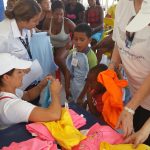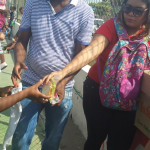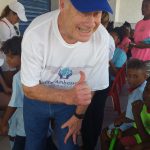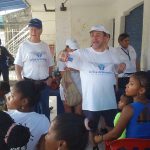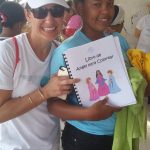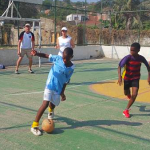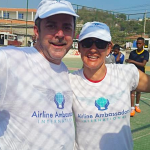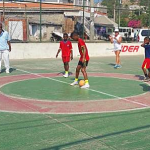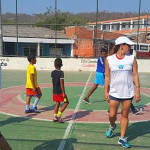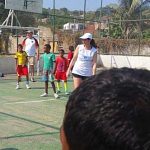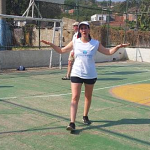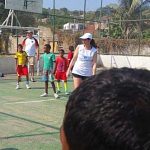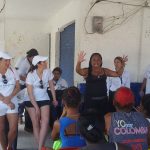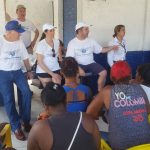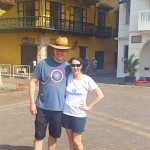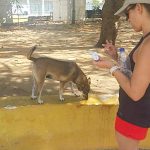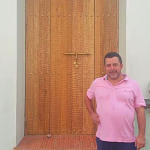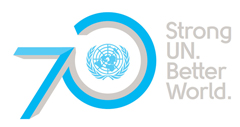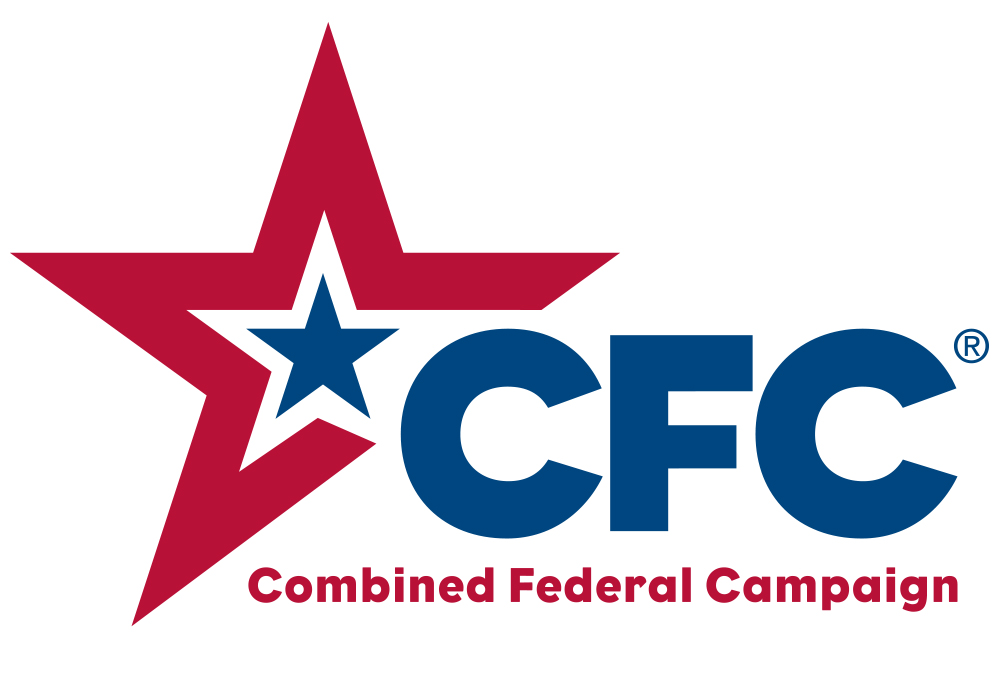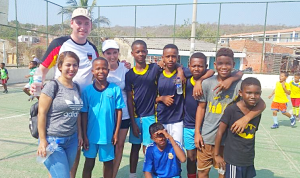
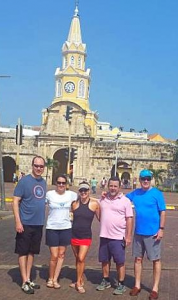 Following our human trafficking awareness training at Cartagena International Airport in 2017 we were introduced to the projects of SACSA – the Sociedad Aeroportuaria de la Costa SA to support the vulnerable children in Barrio San Francisco (near the airport) so vulnerable to sex trafficking. Our team was moved by these projects we promised to return to help the local children.
Following our human trafficking awareness training at Cartagena International Airport in 2017 we were introduced to the projects of SACSA – the Sociedad Aeroportuaria de la Costa SA to support the vulnerable children in Barrio San Francisco (near the airport) so vulnerable to sex trafficking. Our team was moved by these projects we promised to return to help the local children. March 8-11, 2018 our AAI team returned to spend an unforgettable weekend mission in the beautiful Colonial city of Cartagena. We distributed T Shirts from Angels of Hope, school supplies and hygiene amenities and Youth for Human Rights curriculum for children of the SACSA program. Jose Redondo, as team leader also led a class on human trafficking awareness which was very well received. The following day we delivered more supplies and challenged the kids to a game of soccer. SACSA provided lunch for all the kids.
March 8-11, 2018 our AAI team returned to spend an unforgettable weekend mission in the beautiful Colonial city of Cartagena. We distributed T Shirts from Angels of Hope, school supplies and hygiene amenities and Youth for Human Rights curriculum for children of the SACSA program. Jose Redondo, as team leader also led a class on human trafficking awareness which was very well received. The following day we delivered more supplies and challenged the kids to a game of soccer. SACSA provided lunch for all the kids.
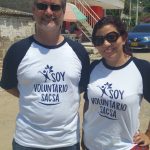

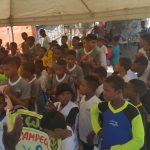
With an estimated 35,000 sexually exploited minors in Colombia, child prostitution is a widespread and lucrative industry. And, as symbolized by the sentencing last year of an Italian pedophile, the first such conviction in Colombia, “sex tourism” involving children has grown alongside the licit tourist industry in popular destinations like Cartagena.
 In a three-part video series, “Children of the Wall,” El Espectador takes a look at the prostitution of children in Cartagena. The colonial city is best known as a stopover for Caribbean cruises, attracting between 400,000 and 700,000 tourists a year. But not all visitors come with good intentions.
In a three-part video series, “Children of the Wall,” El Espectador takes a look at the prostitution of children in Cartagena. The colonial city is best known as a stopover for Caribbean cruises, attracting between 400,000 and 700,000 tourists a year. But not all visitors come with good intentions.
Last year Cartagena officially registered 400 cases related to the sexual exploitation of minors, according to the Prosecutor General’s Office. The number of unreported cases is likely to be much more.
El Espectador identified three common business models for child prostitution rings in the city. The first is brothels, where young girls either live or are contracted out by day. Some sex dens are sophisticated enough to provide girls with fake IDs once they begin work, but not all brothels are as organized. As o
bserved by General Ricardo Restrepo, chief of police for Cartagena, there have
been some cases of mothers hiring out their daughters  for 15,000 pesos (about$8), which includes payment for using a roomin their own house.
for 15,000 pesos (about$8), which includes payment for using a roomin their own house.
Another common form of child prostitution is known colloquially as ‘pre-pagos,’ or escort services, which involve minors working with pre-arranged clients, sometimes organized through marriage or dating websites. Girls may also be deployed by pimps to bars and clubs, in an attempt to target wealthy, often foreign, potential clients.
The third is perhaps the most informal form of prostitution: girls from broken homes in working-class neighborhoods who are coerced by neighbors or acquaintances into selling sexual favors, for fees as low as 2,000 or 5,000 pesos (between US$1.70 and US$2.70).




